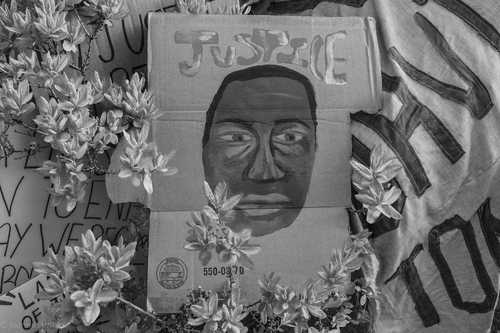Keywords: Portland
Item 4148
Advertising card, Portland Packing Co., ca. 1870
Contributed by: Maine Historical Society Date: circa 1867 Location: Portland Media: Ink on paper
Item 104722
Five Deering High School basketball players huddling around camera, Portland, 1936
Contributed by: Maine Historical Society/MaineToday Media Date: 1936-12-17 Location: Portland Media: glass negative
Item 86874
Workshop, Portland Pier, Portland, 1924
Owner in 1924: Proprietors of Portland Pier Use: Workshop
Item 86868
Storage, Portland Pier, Portland, 1924
Owner in 1924: Proprietors of Portland Pier Use: Storage
Item 151763
Proposed addition to the High School, South Portland, 1935-1937
Contributed by: Maine Historical Society
Date: 1935–1937
Location: South Portland
Client: CIty of South Portland
Architect: Miller & Beal Inc. Architects
This record contains 4 images.
Item 150935
Workshop for Maine School for the Blind, Portland, 1908
Contributed by: Maine Historical Society Date: 1908 Location: Portland Client: Maine School for the Blind Architect: Frederick A. Tompson
Exhibit
Home: The Longfellow House & the Emergence of Portland
The Wadsworth-Longfellow house is the oldest building on the Portland peninsula, the first historic site in Maine, a National Historic Landmark, home to three generations of Wadsworth and Longfellow family members -- including the boyhood home of the poet Henry Wadsworth Longfellow. The history of the house and its inhabitants provide a unique view of the growth and changes of Portland -- as well as of the immediate surroundings of the home.
Exhibit
Since the establishment of the area's first licensed hotel in 1681, Portland has had a dramatic, grand and boisterous hotel tradition. The Portland hotel industry has in many ways reflected the growth and development of the city itself. As Portland grew with greater numbers of people moving through the city or calling it home, the hotel business expanded to fit the increasing demand.
Site Page
View collections, facts, and contact information for this Contributing Partner.
Site Page
View collections, facts, and contact information for this Contributing Partner.
Story
Portland in the 1940s
by Carol Norton Hall
As a young woman in Portland during WWII, the presence of servicemen was life changing.
Story
Portland Bars: Carlo's and Boothby Square
by anonymous
Carlo Giobbi on his family's Portland Bars: Carlo's and Boothby Square
Lesson Plan
Portland History: Lemuel Moody and the Portland Observatory
Grade Level: 3-5
Content Area: Social Studies
Lemuel Moody and the Portland Observatory Included are interesting facts to share with your students and for students, an interactive slide show available on-line at Maine Memory Network. The "Images" slide show allows students to place historical images of the Observatory in a timeline. Utilizing their observation skills students will place these images in chronological order by looking for changes within the built environment for clues. Also available is the "Maps" slide show, a series of maps from key eras in Portland's history. Students will answer the questions in the slide show to better understand the topography of Portland, the need for an Observatory and the changes in the landscape and the population centers.
Lesson Plan
Portland History: "My Lost Youth" - Longfellow's Portland, Then and Now
Grade Level: 6-8, 9-12
Content Area: English Language Arts, Social Studies
Henry Wadsworth Longfellow loved his boyhood home of Portland, Maine. Born on Fore Street, the family moved to his maternal grandparents' home on Congress Street when Henry was eight months old. While he would go on to Bowdoin College and travel extensively abroad, ultimately living most of his adult years in Cambridge, Massachusetts, he never forgot his beloved Portland.
Years after his childhood, in 1855, he wrote "My Lost Youth" about his undiminished love for and memories of growing up in Portland. This exhibit, using the poem as its focus, will present the Portland of Longfellow's boyhood. In many cases the old photos will be followed by contemporary images of what that site looked like 2004.
Following the exhibit of 68 slides are five suggested lessons that can be adapted for any grade level, 3–12.





















